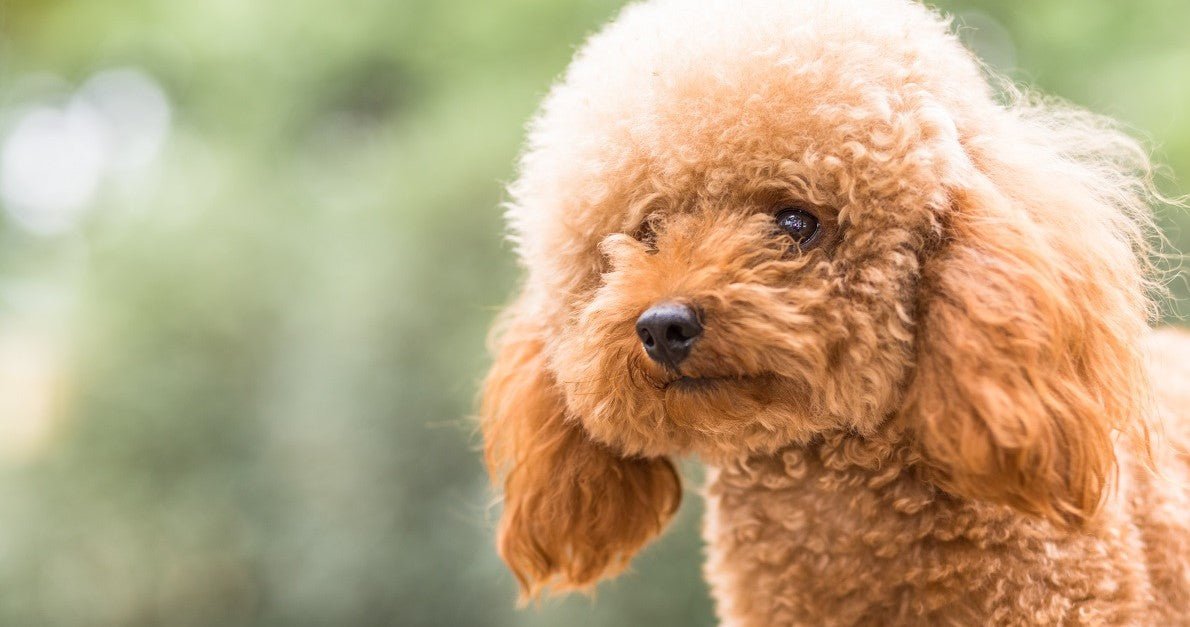Dog training is a very crucial part of dog ownership. Training your dog helps them develop good behaviors but also helps strengthen the bond between you and your furry friend. However, training a dog can be challenging, especially if you're a first-time dog owner. This guide will review some important dog training tips to help you prepare your dog and develop a robust and healthy relationship with them.
1.Start with the basics

Before teaching your dog advanced tricks, you must start with the basics. The first thing your dog should learn is their name. This is important because it allows you to get their attention and do brain training for them. Once they know their name, you can move on to other basic commands like sit, stay, and come. These are essential for controlling your dog's behavior and keeping them safe.
2.Use positive reinforcement
Positive reinforcement is a technique that rewards good behavior with treats, praise, or affection deuring puppy training. This technique is based on the idea that dogs will repeat rewarded behaviors. When your dog does something good, immediately reward them with a treat, praise, or affection. This will help them associate good behavior with positive rewards, making them more likely to repeat it.
3.Be consistent
Consistency is vital when it comes to dog training. Dogs learn through repetition, so it's essential to consistently reinforce and correct good behavior. This means using the same commands and rewards every time and not letting your dog get away with bad behavior even once. If you're consistent, your dog will become apparent and take longer for them to learn.
4.Use a clicker
A clicker is a valuable tool for training because it provides a consistent, distinct sound that your dog can easily recognize. You can use the clicker to mark good behavior, then immediately reward your dog. Over time, your dog will associate the click with positive reinforcement, making it more likely to repeat the behavior.
5.Be patient

Training a dog takes time and patience. Some dogs may take longer to learn. Stay calm if your dog is getting it right away. Instead, step back and break the training down into smaller steps. This will make it easier for your dog to understand what you're asking them to do.
6. Don't punish your dog
Punishing your dog for bad behavior is not an effective training technique. It can make your dog fearful or aggressive, leading to more bad behavior. Instead, focus on reactive dog training, rewarding good behavior, and ignoring bad behavior. If your dog does something wrong, redirect their attention to something else and reward them when they do something good.
7. Keep training sessions short
Dogs have short attention spans, so keeping training sessions short and sweet is important. Aim for 5-10 minute training sessions, and make sure to end on a positive note. This will help your dog stay focused and engaged, making them more likely to remember what they learned.
8. Practice regularly
Regular practice is essential for training your dog. Aim to practice for a few minutes every day rather than trying to cram all your training into one long session. This will help your dog retain what they've learned and make progress over time.
9. Agility training

Dog agility training is a fun and challenging activity that teaches dogs to navigate an obstacle course. The sport requires dogs to run, jump, weave through poles, climb over obstacles, and more while working with their handlers. It's a great way to exercise your dog, build their confidence, and deepen your bond with them.
10. Socialize your dog
Socialization is an integral part of training your dog. It involves exposing them to different people, animals, and environments positively. This helps them develop confidence and learn how to interact with the world around them. Take your dog on walks, introduce them to other dogs, and let them experience different sights and sounds. This will help them become a well-adjusted, happy dogs.
11.Understand your dog's breed and personality.
Different dog breeds have different personalities and tendencies. It's essential to understand your dog's breed and personality so you can tailor your training to their needs. For example, some species are more energetic and require more exercise, while others are more laid back and may be content with less. Understanding your dog's breed and personality will help you develop the best training plan for them.

12.Don't give up
Training a dog can sometimes be frustrating, but staying positive and not giving up is essential. Remember that your dog is doing their best to learn, which takes time and patience. If you're struggling, contact a professional dog trainer or attend a dog/puppy training class. They can provide guidance and support to help you and your dog succeed.
In conclusion
Dog training is an essential part of dog ownership. It helps develop good behavior, strengthens the bond between you and your dog, and keeps your dog safe. You can train your dog to be a well-behaved, happy companion by using positive reinforcement, being consistent, and practicing regularly. Remember to be patient, use a leash, and socialize with your dog; you'll be on your way to having a well-trained furry friend.

Additionally, understanding your dog's breed and personality and not punishing them for bad behavior are critical aspects of successful dog training. You can help your dog learn and grow into a well-adjusted and well-behaved companion with patience, consistency, and regular practice. Remember that training is an ongoing process; with dedication and effort, you can create a strong, positive relationship with your dog.








Leave a comment
This site is protected by hCaptcha and the hCaptcha Privacy Policy and Terms of Service apply.